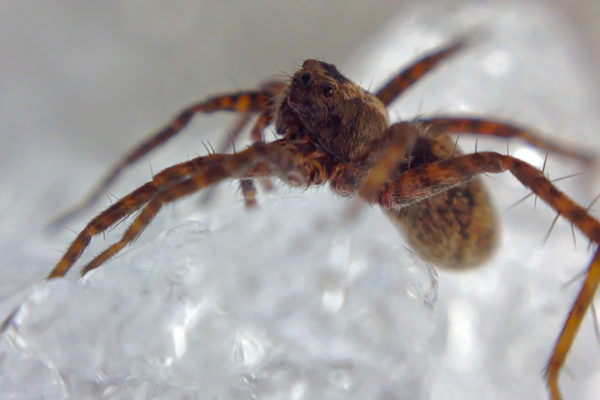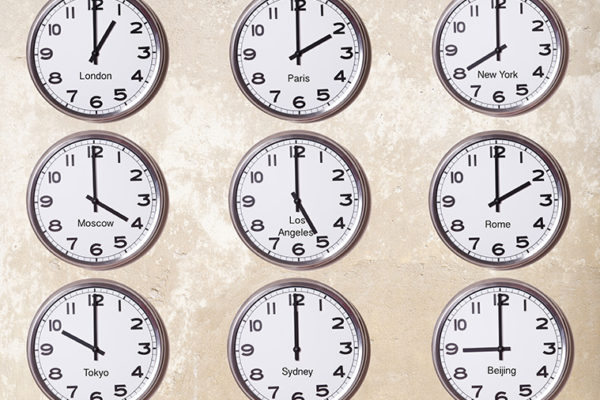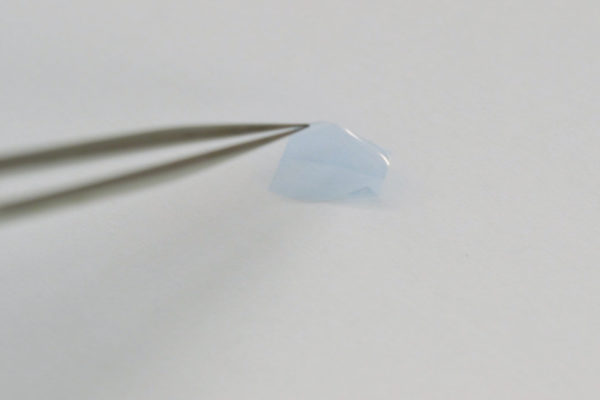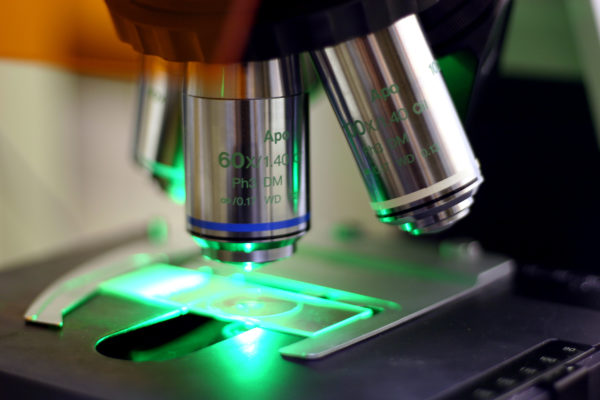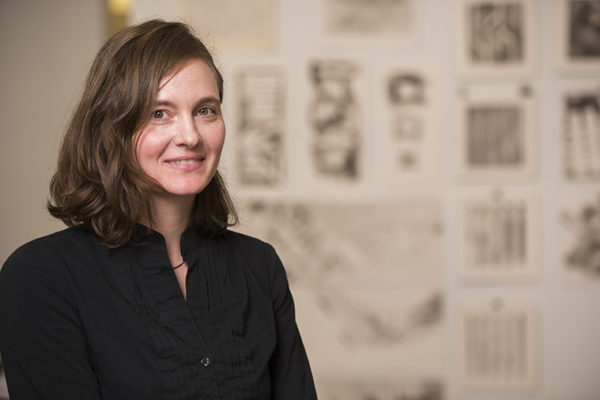Unless we spot changes, most life experiences are fabricated from memories
We may not be able to change recent events in our lives, but how well we remember them plays a key role in how our brains model what’s happening in the present and predict what’s likely to occur in the future, finds new research in the Journal of Experimental Psychology: General.
Warming alters predator-prey interactions in the Arctic
Under warming conditions, Arctic wolf spiders’ tastes in prey might be changing, according to new research by biologist Amanda Koltz in Arts & Sciences — initiating a new cascade of food web interactions that could potentially alleviate some impacts of global warming.
Demon in the details of quantum thermodynamics
Researchers in physics in Arts & Sciences at Washington University in St. Louis are working out a theory of thermodynamics in quantum physics and finding some interesting results, including “negative information.”
Researchers engineer bacteria that create fertilizer out of thin air
A team at Washington University in St. Louis has created a bacteria that uses photosynthesis to create oxygen during the day, and at night, uses nitrogen to create chlorophyll for photosynthesis. This development could lead to plants that do the same, eliminating the use of some — or possibly all — man-made fertilizer, which has a high environmental cost.
VIP neurons hold master key to jet lag response
By activating a small subset of the neurons involved in setting daily rhythms, biologist Erik Herzog in Arts & Sciences has unlocked a cure for jet lag in mice, as reported in a July 12 advance online publication of Neuron.
New patch boosts brightness in medical diagnostic tests
A multidisciplinary team from Washington University in St. Louis and the Air Force Research Laboratory at Wright-Patterson Air Force Base has developed a high-tech fix that brings some medical diagnostic tests out of the dark and into the light.
Sorry Virginia, U.S. history isn’t all about you
As the United States celebrates its founding on July 4, new research on “collective narcissism” suggests many Americans have hugely exaggerated notions about how much their home states helped to write the nation’s narrative.
Building a better microscope
Like our eyes, microscopes are limited in what they can see because of their resolution, or their ability to see detail. An engineer at Washington University in St. Louis plan to use funding from the National Science Center to build a more precise microscope.
Courage in the face of climate change
Thirty years ago this month, the term global warming became part of our popular conversation. Doctoral candidate Andrea Godshalk from the Sam Fox School of Design & Visual Arts reflects on the recent Saint Louis Climate Summit and the challenge of re-imagining key infrastructure, systems and values.
Bedrock in West Antarctica rising at surprisingly rapid rate
The findings, reported in the journal Science, contain positive implications for the survival of the West Antarctic Ice Sheet, which scientists had previously thought could be doomed because of the effects of climate change, according to study co-author Douglas Wiens of Arts & Sciences.
Older Stories

